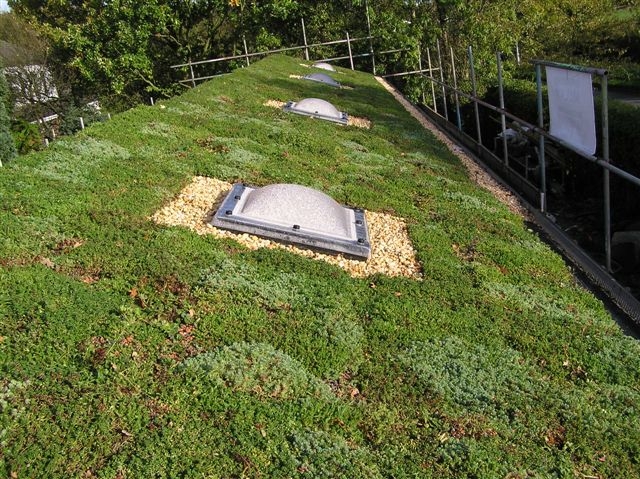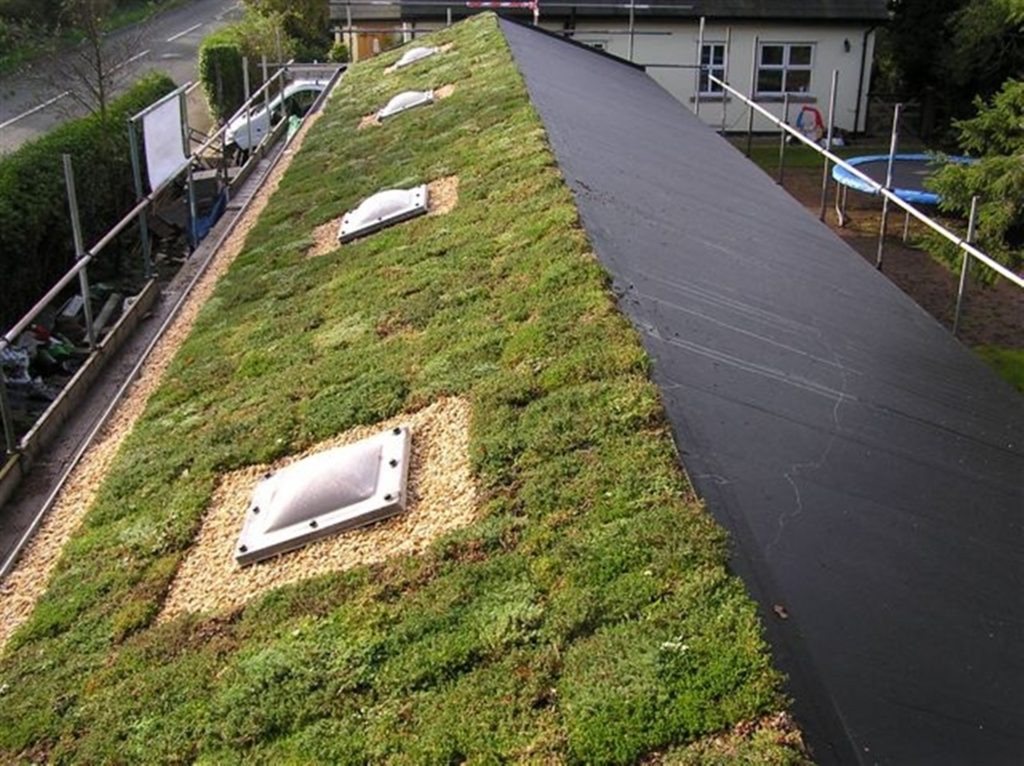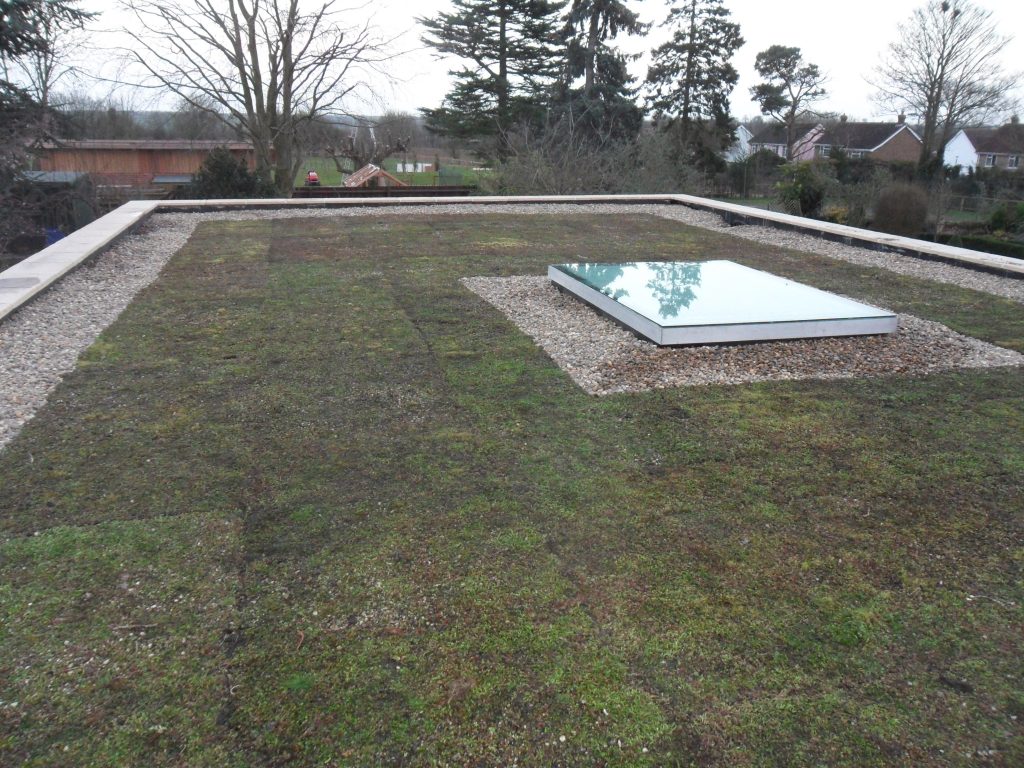
Green roofing is one of the fastest-growing eco-friendly options for homeowners who want to be sustainable while extending their home, and green roofs can offer great benefits as well as being an attractive feature. Adrian Buttress – managing director of EPDM rubber roofing specialists PermaRoof, part of PermaGroup – explains how simple creating a sustainable roof can be when you choose the correct materials.
Green roofs are sometimes thought of as a specialist feature due to their innovative nature, meaning contractors are often not made aware in conversations with merchants that they could be offering them as an extra service.
Also known as “living roofs”, they have a visible top layer that consists of plant medium and can be crowned in a number of different ways depending on the tastes of the building owner, the purpose of the roof (whether it’s a flat roof on an extension or something smaller, such as the top of a bike store), and its weight-bearing capacity.

Adrian Buttress, MD of Permaroof
Every layer is important
Green roofs are made up several layers of material with a base, waterproofing membrane at the bottom, protected from the drainage layers by isolation medium and a planting layer on top. Planting layers typically consist of ground covering, water-loving plants such as sedum and other succulents, moss and grasses.
Arguably, the most important layer to get right is the base membrane. Once you’ve determined that the structure will take the additional weight of a green roof, which a surveyor would be able to confirm, then choosing the right membrane is crucial.
Creating a green roof can be a costly, time-consuming process for the client, therefore using a reliable, high-quality waterproofing membrane is essential for the base layer. If this base membrane fails and need to be replaced, not only does it mean a waste of time and money for homeowners, but it could also negatively impact a contractor’s reputation – particularly if regular failures occur.
The ideal membrane
Your base layer must provide 100% waterproofing across the entire project and be effectively adhered directly onto the roof deck, which is what makes EPDM the perfect candidate for a long-term living roof.
EPDM membranes carry a life expectancy of more than 50 years, backed up and proven in the field all over the world across a wide range of climates. Because the planting medium absorbs rainfall so effectively, water is often consistently present and seeps through the drainage and protective insulation layers before reaching the membrane.
This is where the EPDM comes into its own as it removes this concern by protecting the flat roof deck from water ingress and offering the best protection over time when compared to any other flat roofing membrane.
Three top tips
- Use isolation layer widely across the green roof
Quite literally, cover all your bases. Make sure the base waterproofing membrane is completely protected from the gravel or other aggregates that may be used in the following drainage layers. While EPDM doesn’t damage easily, it still requires adequate protection to ensure the membrane doesn’t get punctured.
By simply covering the entire surface areas with a suitable isolation layer – such as a geotextile fleece – you minimise this risk and will also contribute to making the home more energy efficient.
- Consider maintenance aspects during the design process
There are three different kinds of green roof design, which all require different levels of maintenance:
- Extensive: This is the low-maintenance option; it’s often planted with mediums that are mostly self-sustaining and hardy against most weather conditions. The most successful plans for extensive green roofs are sedum, rough grasses, or moss.
- Semi-intensive: This is often used in roofing that can be used and walked upon, such as roof terraces. Paths with planting that can be lightly maintained are the ideal candidate.
- Intensive: This is the most weight-bearing option, so advice from a surveyor or architect would be advised to ensure the current roof can support this additional weight. It offers more design ideas as a garden, such as the use of trees, shrubs or even the creation of patio areas and/or flower beds.
- Add interest around the edges
It’s a good idea to spend some time on the design of a living roof as mistakes can prove costly. For example, think carefully about how the green roof appears from the ground. If it’s a high roof, seeding around the edges with plants designed to overhang could be a nice additional design feature.
But above everything else, choose a supplier than can support the contractor’s design vision who has a dedicated knowledge of green roofs. This includes support of the design or aesthetic value of the intended roof as well as consideration of creating habitats for urban wildlife, surface water management, sound insulation, and energy efficiency.



